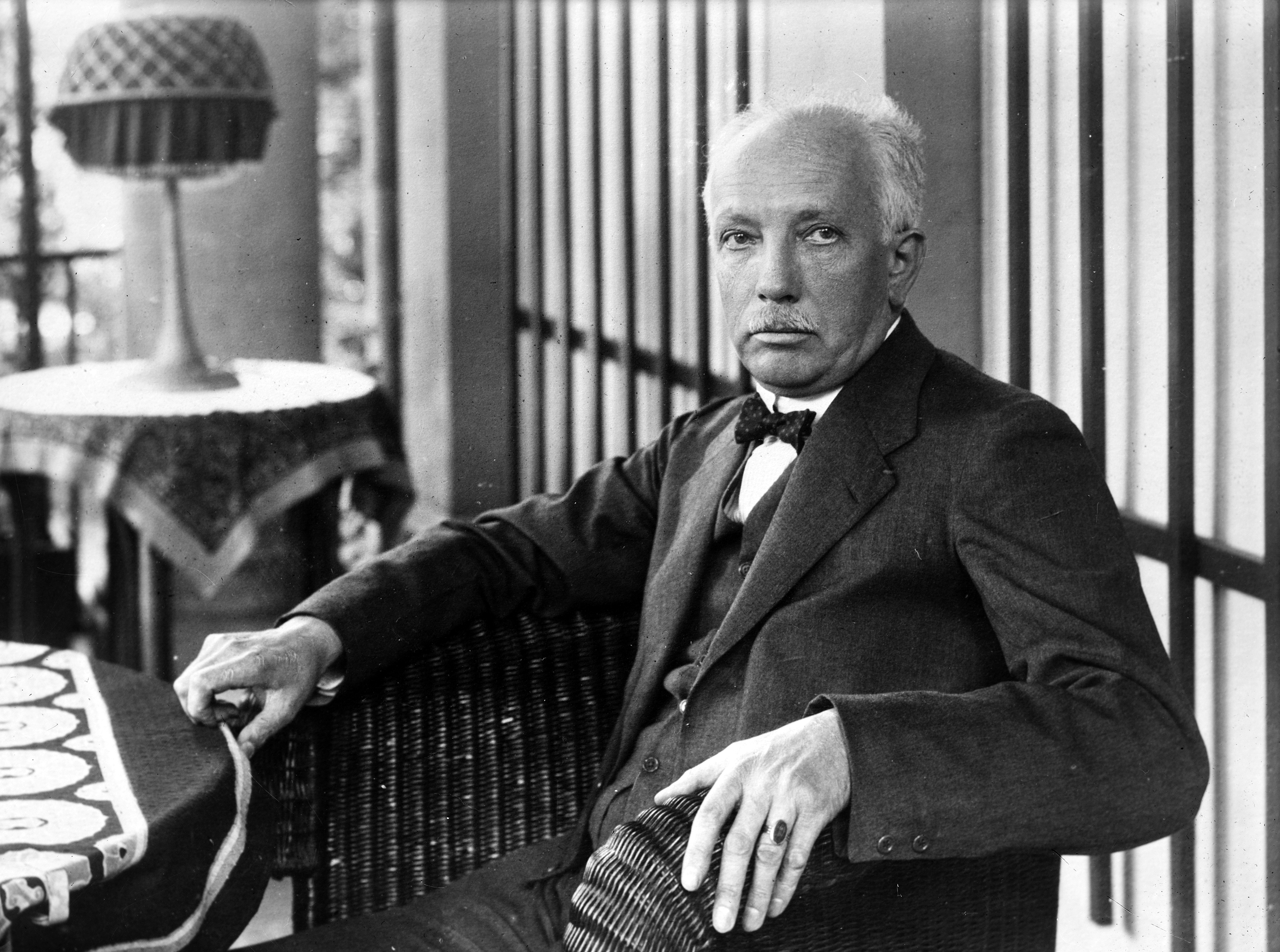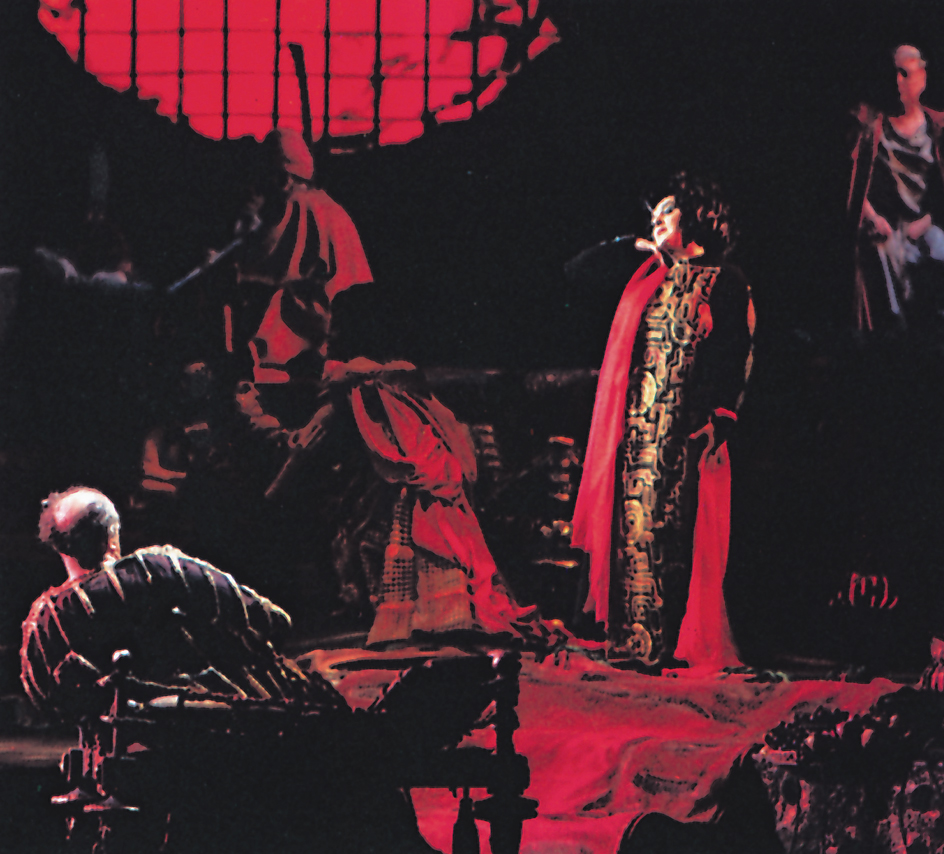Strauss, Richard << strows or shtrows, RIHK ahrt >> (1864-1949), was a German composer. He is best known for a series of operas he composed to librettos (texts) by the Austrian poet Hugo von Hofmannsthal. Strauss also became famous as a composer of songs and instrumental works and as a conductor.

Strauss was born in Munich on June 11, 1864. His first important works for orchestra were symphonic poems based on literary narratives. They include, with dates of composition, Don Juan (1889), Death and Transfiguration (1889), Till Eulenspiegel’s Merry Pranks (1895), Thus Spake Zarathustra (1896), Don Quixote (1897), and A Hero’s Life (1898). Strauss also composed most of his almost 150 songs during this period. His best songs rank among the finest ever composed.
Strauss’s first operas, Guntram (1894, revised 1940) and Feuersnot (1901), were unsuccessful. But they reflected the influence of the operas of Richard Wagner and had many of the qualities of Strauss’s later operas. Like Wagner, Strauss used a stream of expressive and often complex music throughout each act. Salome (1905), Strauss’s third opera, was his first success. It outraged many listeners with its dissonant (not in a key) passages. Many listeners feel that the passages trace the unbalanced mind of the main character.

Strauss met Hofmannsthal soon after the premiere of Salome. Their first collaboration, Elektra (1909), was an adaptation of the tragedy by the Greek playwright Sophocles. Strauss carried the dissonant style of Salome even further in Elektra—and created greater controversy. In Der Rosenkavalier (1911), Strauss and Hofmannsthal tried to re-create, in a more conservative work, the vanished aristocratic world of Vienna in the 1700’s. This work is still Strauss’s most popular opera.

Strauss wrote his most elaborate score in The Woman Without a Shadow (1919), a later collaboration with Hofmannsthal. This work echoes The Magic Flute, an opera by Wolfgang Amadeus Mozart. The work is highly symbolic and features both mortal and supernatural elements.
Other works produced by Strauss and Hofmannsthal include Ariadne auf Naxos (1912, final version, 1916), The Egyptian Helen (1928, revised 1933), and Arabella (first performed in 1933, after Hofmannsthal’s death). Strauss’s score for Arabella contains some of his most delicate and beautiful orchestral writing.
Strauss was one of the finest conductors of his day. He particularly excelled in interpreting the works of Wagner and Mozart. Strauss was conductor of the Berlin Royal Opera from 1898 to 1918 and codirector of the Vienna State Opera from 1919 to 1924.
Strauss wrote five operas after Hofmannsthal’s death in 1929. They include The Silent Woman (1935) and Capriccio (1942). During his last years, Strauss concentrated on a series of small-scale instrumental and vocal pieces. The best-known of these are Metamorphoses (1945) and Four Last Songs (1948). Strauss died on Sept. 8, 1949.
